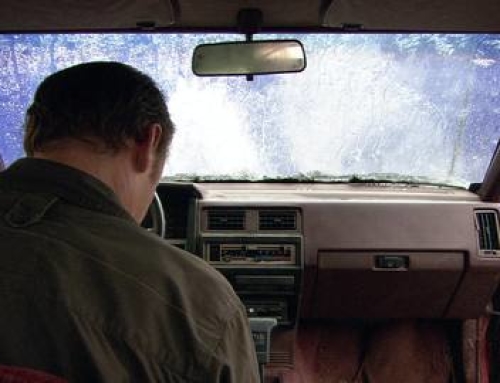We hear many news stories about semi-truck accidents caused by truck driver negligence and poor road conditions and about lawsuits against truck drivers who drove too many hours, took turns too quickly or were inattentive to the road. Yet, what happens when the truck itself is to blame?
A recent study by the Insurance Institute for Highway Safety (IIHS) looked into one major type of truck accident caused by a large truck’s design: underride collisions. In trailer underride collisions, a passenger vehicle, rather than simply rear-ending the tractor-trailer, runs under the back of the much higher truck trailer, causing the car’s upper cabin to crush. While most trucks are equipped with underride guards to prevent a car from sliding under a semi trailer, the IIHS found that the guards often failed to work properly, contributing to more than 78 percent of truck accidents between 2001 and 2003. In those two years, ineffective underride guards caused more than 82 percent of all fatal truck accidents.
The IIHS ran crash tests on three types of semi-truck rear guards, all of which complied with federal trucking regulations. The weakest guards caused serious damage at low speeds – 35 mph – and the strongest guards only protected from certain types of collisions.
According to the National Highway Traffic Safety Administration (NHTSA), thousands of people are injured and more than 400 killed every year by trailer underride accidents. Yet, until the federal government enacts regulations to require better underride guards, it is unlikely that manufacturers will make significant changes. Furthermore, current regulations do not require all heavy trucks to have underride guards.
The IIHS has petitioned the NHTSA for mandatory underride guards on a greater number of trucks as well as stronger underride guards on those that already have them. Without those changes, trucks will continue to cause preventable fatalities.
